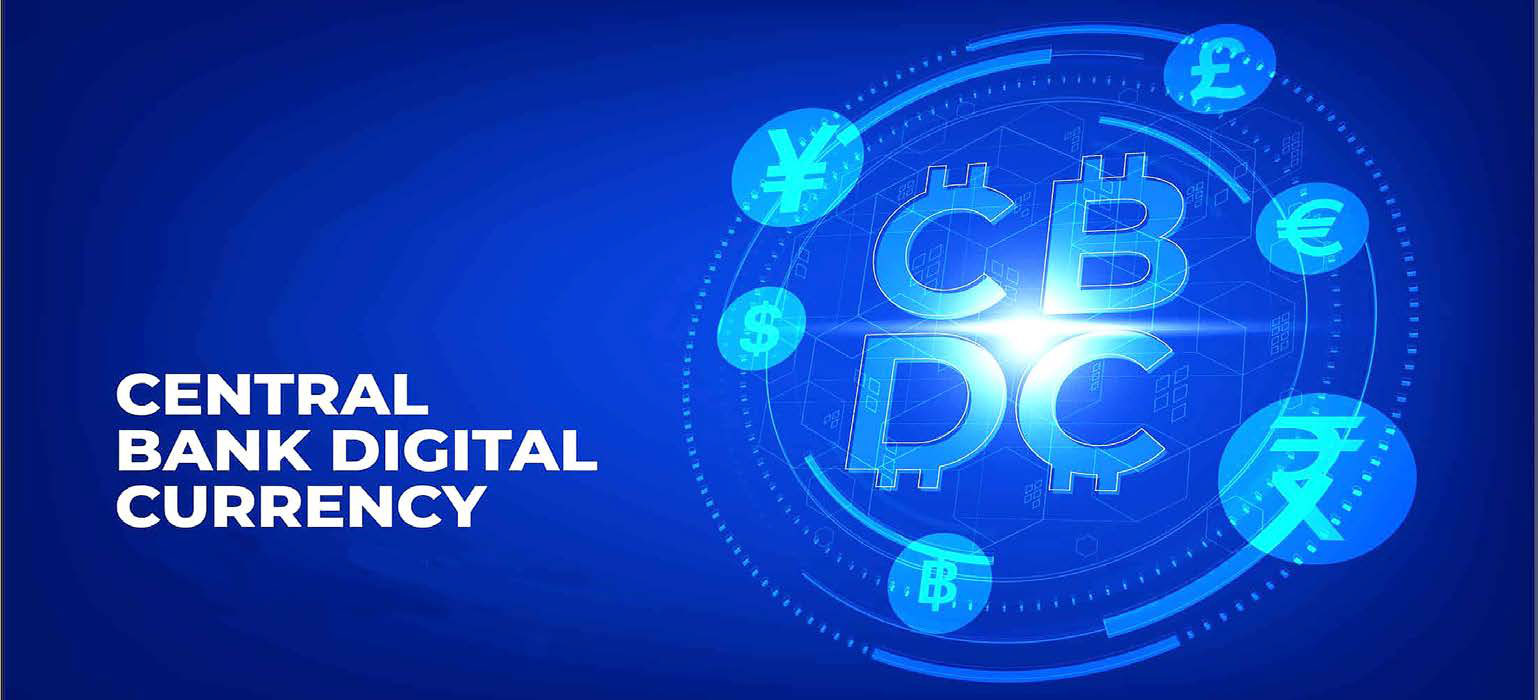Every Weber and Davis county resident — and every Utahn — should know
Branden P Hansen
For most consumers and businesses, depositing money into their bank accounts and exchanging money with another person or business has become part of the everyday digital life.
Employers deposit paychecks directly into their employees’ bank accounts. Others upload checks to their accounts using the camera on their{mprestriction ids="1,3"} phone and their bank’s mobile app. Businesses wire payments directly from their accounts to their vendors’ accounts. Friends send money to each other through Zelle or other payment services. These hardly take any time at all to process, and programs such as the new FedNow Service will be coming online soon to make them almost instantaneous.
Today, money is technology. While paper dollars still circulate and play an important role in the economy, money mostly moves digitally with the assistance of a third party, such as commercial banks and other financial institutions. Innovations, such as those just mentioned, have transformed the banking world and made life easier for many.
What happens, though, if the U.S. government takes that technology a step further and digitizes the dollar, creating a central bank digital currency (CBDC)?
It’s a question everyone should consider because it’s a concept that lawmakers in Washington, D.C., are considering.
The House Financial Services Committee met to debate and research various CBDC frameworks — and their benefits and risks — during a hearing in May 2022. A CBDC has the potential to restructure components of the banking industry, which could have a number of implications for consumers, as well as national, state and local economies, including Weber and Davis counties.
Before diving into the impact of a CBDC, let’s learn how the Federal Reserve defines it:
“A CBDC is a digital form of central bank money that is widely available to the general public. ‘Central bank money’ refers to money that is a liability of the central bank. In the United States, there are currently two types of central bank money: physical currency issued by the Federal Reserve and digital balances held by commercial banks at the Federal Reserve.”
The Federal Reserve goes on to explain that, while Americans have long held money predominantly in digital form — in bank accounts, payment apps or through online transactions — a CBDC would differ from existing digital money available to the general public because a CBDC would be a direct deposit with the Federal Reserve, not with a commercial bank.
To summarize, a CBDC is a digital form of the physical U.S. dollar. Proponents argue that central bank digital currency would ensure that the U.S. payments and monetary system remains modern and competitive. That’s a laudable goal, but money in the U.S. is already exchanged digitally and quickly, as I mentioned earlier, and the implications of a CBDC could be heavy.
Lawmakers are discussing many proposed designs for a CBDC. Every proposal, though, requires moving money away from banks into accounts at the Federal Reserve, where — and this is critical — those funds more than likely would not be lent back into the economy.
Representatives of the American Bankers Association (ABA) testified before the House Financial Services Committee in 2022 to explain what that would do, saying, “Losing this critical funding source would undermine the economics of the banking business model, severely restricting credit availability.”
The ABA estimates that even with a CBDC framework that caps deposit accounts at $5,000 per customer, or “end user,” would result in $720 billion in deposits leaving the banking system. That would severely impact banks as drivers of the economy. Let me explain:
When consumers and businesses deposit money into their accounts at banks, the banks then use the money to make loans to other people or businesses. Local community banks put that money back into their local economies by financing projects that employ residents and offer much-needed goods and services.
Reducing this fundamental deposit and lending structure would greatly reduce available financing and credit in communities.
Another concern that swirls around a CBDC is privacy. Two years ago, Congress proposed legislation that would require all financial institutions to report to the IRS detailed information on every customer account with total annual deposits or withdrawals worth more than $600. This would have given the IRS unprecedented access to bank accounts and private consumer data. Bank customers countrywide, including customers in Weber and Davis counties, petitioned against the legislation, which ultimately failed.
The ABA states that a CBDC would “bring millions of retail accounts onto the Federal Reserve’s balance sheet,” all of which could be monitored by the government. Arguably, this is one of the reasons China has been a leader in creating a digital version of the yuan.
Federal Reserve Chair Jerome Powell has said that a CBDC is an innovation that will affect all Americans and needs to be researched heavily, suggesting that any decisions might not happen for several years. It is something for everyone to keep an eye on, however, as debates continue.
Throughout history, money has evolved many times, as it should. Cultures and communities have used everything from glass beads to stones to gold to pay for goods and services. Central bank digital currency would be yet another evolution, but as U.S. citizens, we must follow and take part in the dialogue to ensure it’s to the benefit of American consumers and economies.
Branden P Hansen is president of Bank of Utah. He earned a bachelor’s degree in business and finance from Brigham Young University and graduated from the Pacific Coast Banking School. He serves as vice chair of Utah’s Board of Bank Advisors, director and chair of the board for the Ogden Housing Authority and he sits on the boards for the Weber School and Ogden Rotary foundations.
 {/mprestriction}
{/mprestriction}








